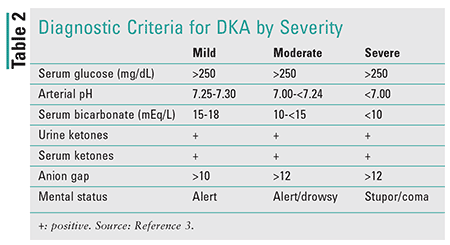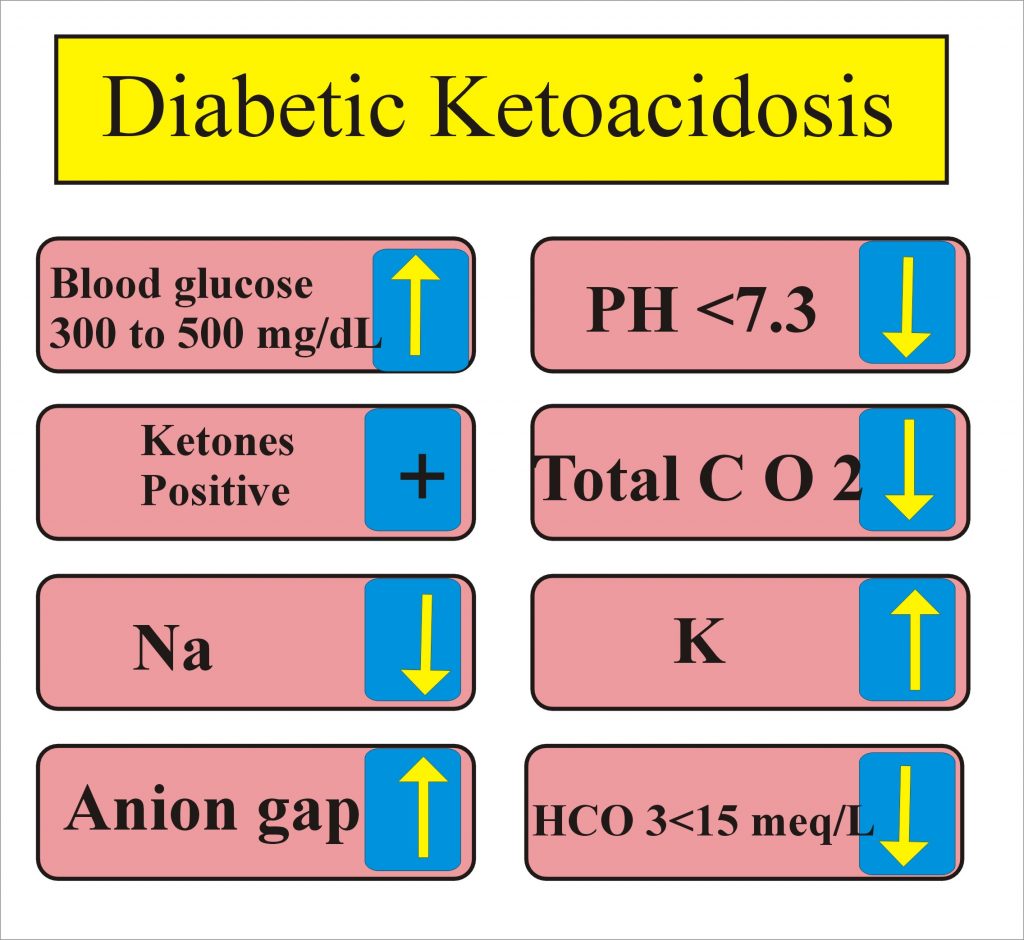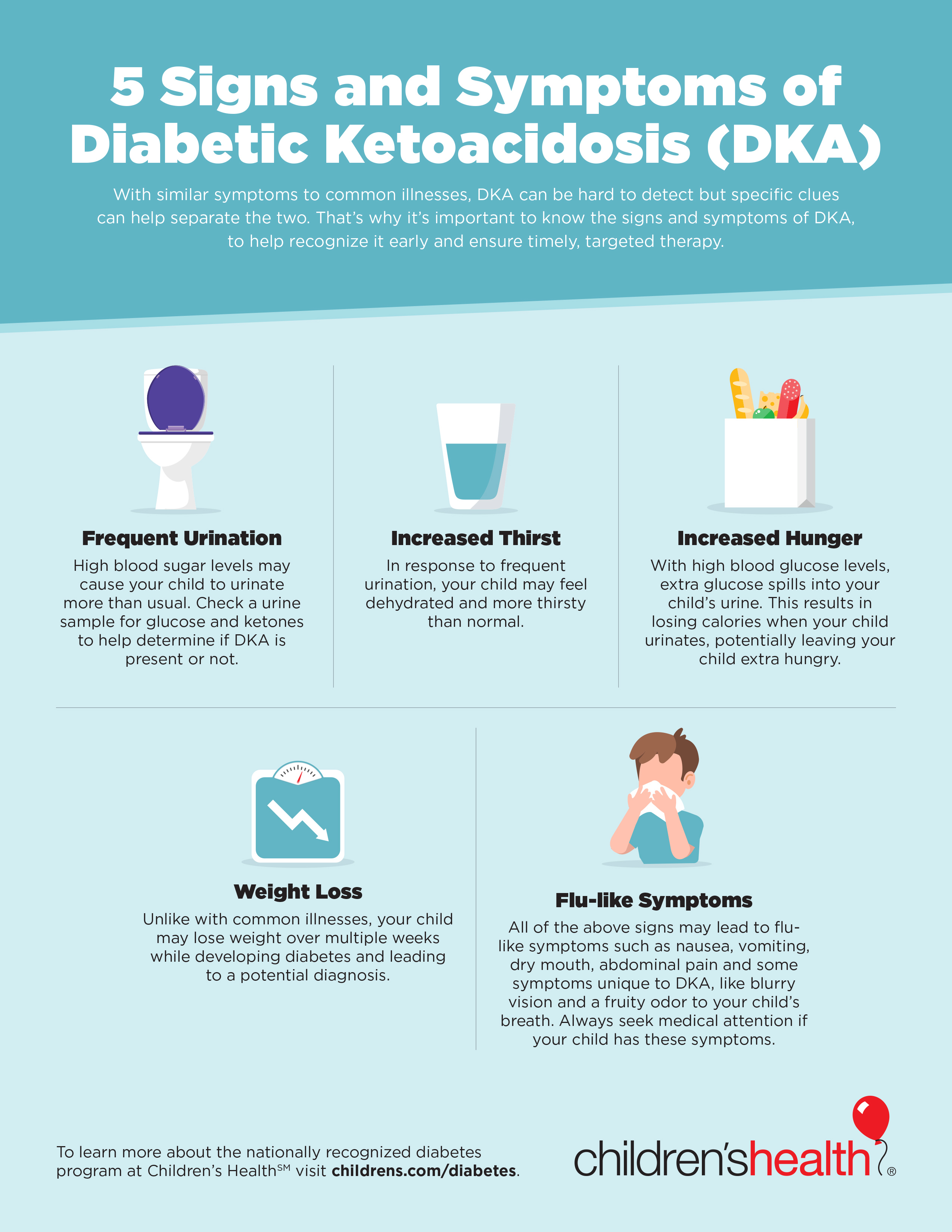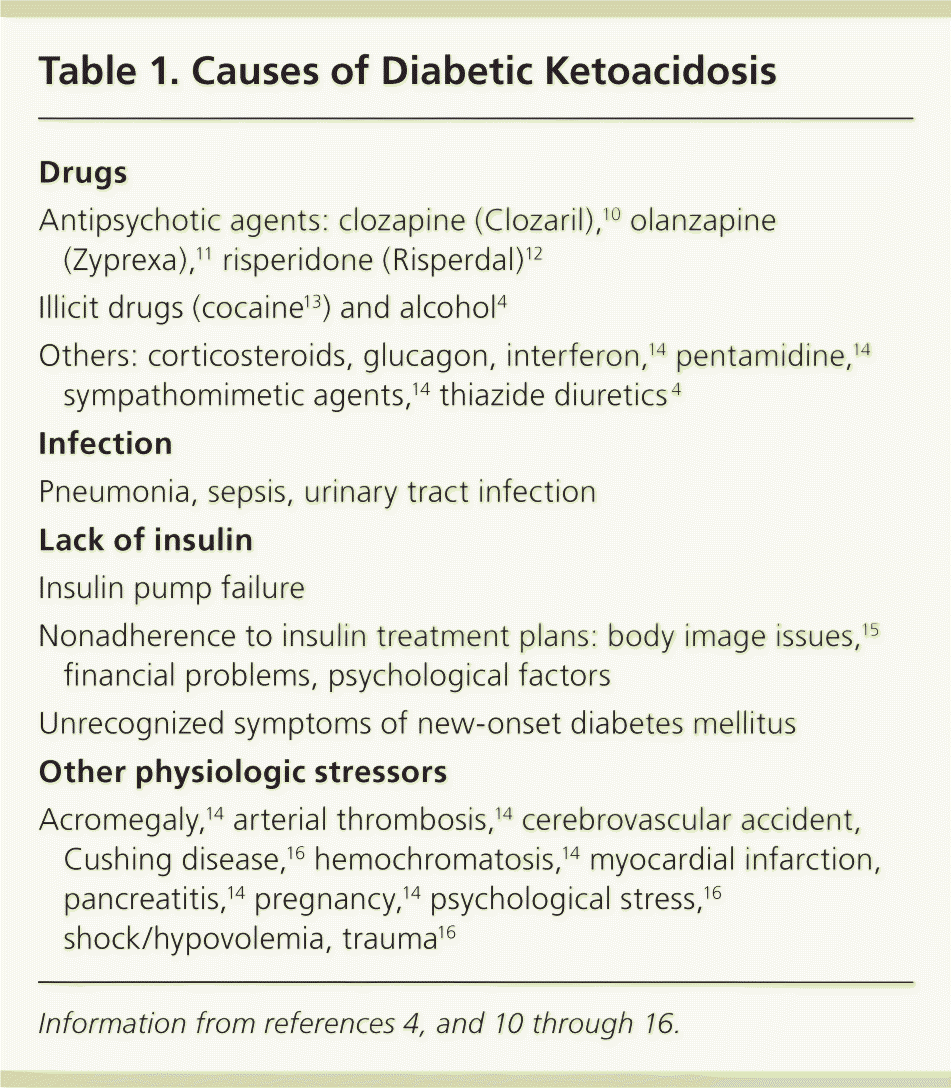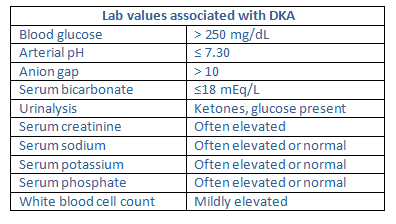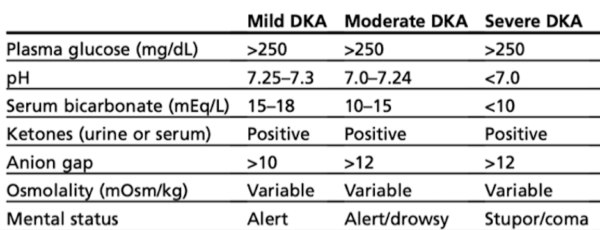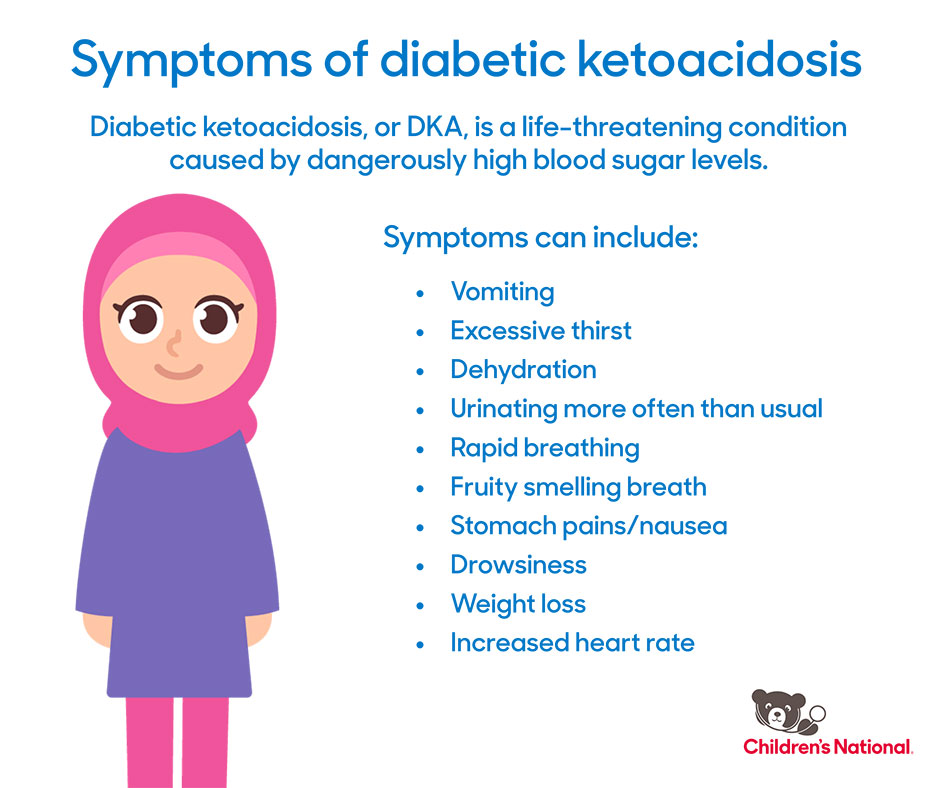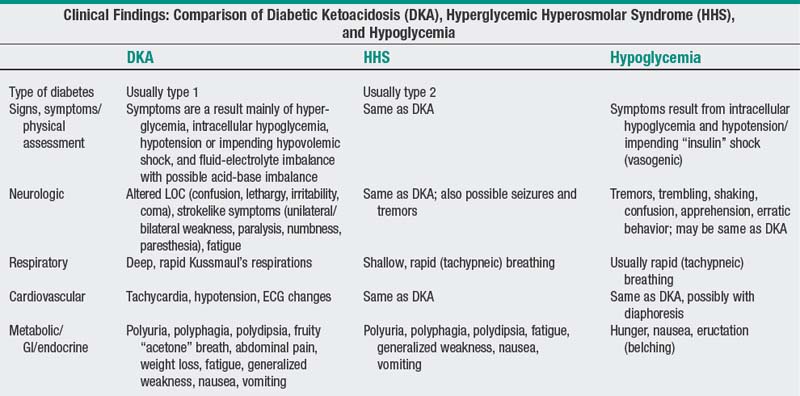Simple Info About How To Diagnose Dka

Peeing more often than usual ( frequent urination ).
How to diagnose dka. After determining the level of dehydration, intravenous fluid replacement should be started. Urinating a lot more than usual. The biochemical criteria for diagnosis of dka are:
Early symptoms of dka can include: A diagnosis of diabetic ketoacidosis requires the patient’s plasma glucose concentration to be above 250 mg per dl (although it usually is much higher), the ph level to be less than 7.30,. The american diabetes association diagnostic criteria for dka are as follows:
Diagnosis of diabetic ketoacidosis dka. Diabetic ketoacidosis dka signs and symptoms. If your blood sugar level is 11mmol/l or above, and you have a blood or urine ketone testing kit, check your ketone level.
In most persons, saline 0.9% is. Maegan wagner, bsn, rn, ccm. Diabetic ketoacidosis is characterized by a biochemical triad of hyperglycemia, ketonemia, and acidemia, with rapid symptom onset.
The biochemical criteria for dka are: The american diabetes association defines dka as having a combination of hyperglycemia (serum glucose >250 mg/dl), acidosis (arterial ph <7.3 and bicarbonate <15. Elevated serum glucose level (greater than 250 mg per dl [13.88 mmol per l]) an elevated serum ketone level,.
Venous ph < 7.3 or bicarbonate <15 mmol/l 2. Diabetic ketoacidosis signs and symptoms often develop quickly, sometimes within 24 hours. Serum glucose >11 mmol/l, venous ph <7.3 or bicarbonate <15 mmol/l, presence of ketonaemia/ketonuria, children with hyperglycaemia.


